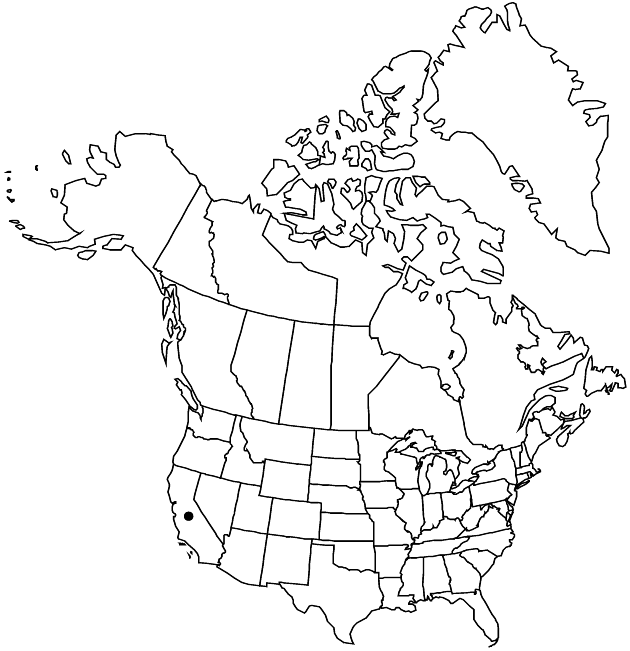Difference between revisions of "Senecio californicus"
in A. P. de Candolle and A. L. P. P. de Candolle, Prodr. 6: 426. 1838.
FNA>Volume Importer |
FNA>Volume Importer |
||
| Line 58: | Line 58: | ||
|publication year=1838 | |publication year=1838 | ||
|special status= | |special status= | ||
| − | |source xml=https://jpend@bitbucket.org/aafc-mbb/fna-data-curation.git/src/ | + | |source xml=https://jpend@bitbucket.org/aafc-mbb/fna-data-curation.git/src/f50eec43f223ca0e34566be0b046453a0960e173/coarse_grained_fna_xml/V19-20-21/V20_1250.xml |
|tribe=Asteraceae tribe Senecioneae | |tribe=Asteraceae tribe Senecioneae | ||
|genus=Senecio | |genus=Senecio | ||
Revision as of 20:24, 16 December 2019
Annuals, (5–)10–30(–50+) cm (taprooted). Herbage glabrous or sparsely tomentose. Stems usually single (erect), sometimes 2–6 (branching from bases, arching upward). Leaves (sometimes subsucculent) evenly distributed; ± petiolate (proximal); blades linear-lanceolate to lanceolate 2–5(–7+) × 0.5–2(–3+) cm, bases tapered, margins subpinnatifid to dentate or subentire (mid and distal leaves sessile, bases clasping). Heads usually 3–10(–20+) in open, cymiform arrays, sometimes borne singly (depauperate plants). Calyculi of 5–8+ lanceolate to lance-linear or filiform bractlets (0.5–3 mm, usually inconspicuous). Phyllaries ± 21 (sometimes fewer), 5–7(–8) mm, tips black. Ray florets ± 13; corolla laminae 8–11 mm. Cypselae hirtellous-strigose. 2n = 40.
Phenology: Flowering late winter–spring.
Habitat: Sandy, dry or drying sites, especially near coast
Elevation: 0–1200 m
Distribution

Calif., Mexico.
Discussion
Dwarfish, subsucculent plants of Senecio californicus from near the coast have been recognized as S. ammophilus.
Selected References
None.
